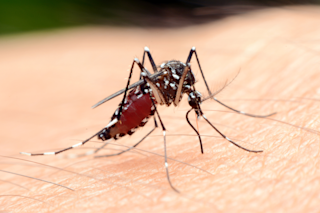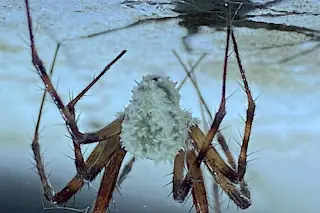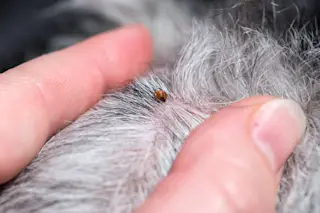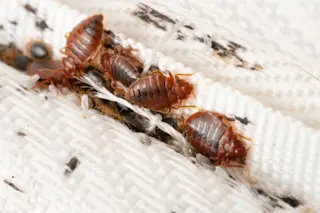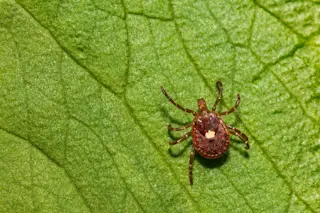In May 2023, a person caught malaria from a bug bite in Sarasota County, Florida. In response, the Florida Department of Public Health went to war with Anopheles, better known as the marsh mosquito.
Ground teams poured insecticide into standing water. Airplanes sprayed down remote wetlands with larvae-killer. Finally, after two months, marsh mosquitoes — and new malaria cases — became scarce again.
“It was a full-on assault on these mosquitoes,” says Florida Department of Public Health Press Secretary Jae Williams. “And I’ll tell you, it was very, very successful.”
Read More: Genetically Modified Mosquitoes May Protect The World From Disease
All in all, eight Americans caught malaria from mosquitoes this summer — seven in Florida and one in Texas. Of these, seven people were hospitalized. The cases were the first American, mosquito-borne malaria cases in two decades, since an outbreak in Palm Beach, Florida in 2003.
To be clear, ...



